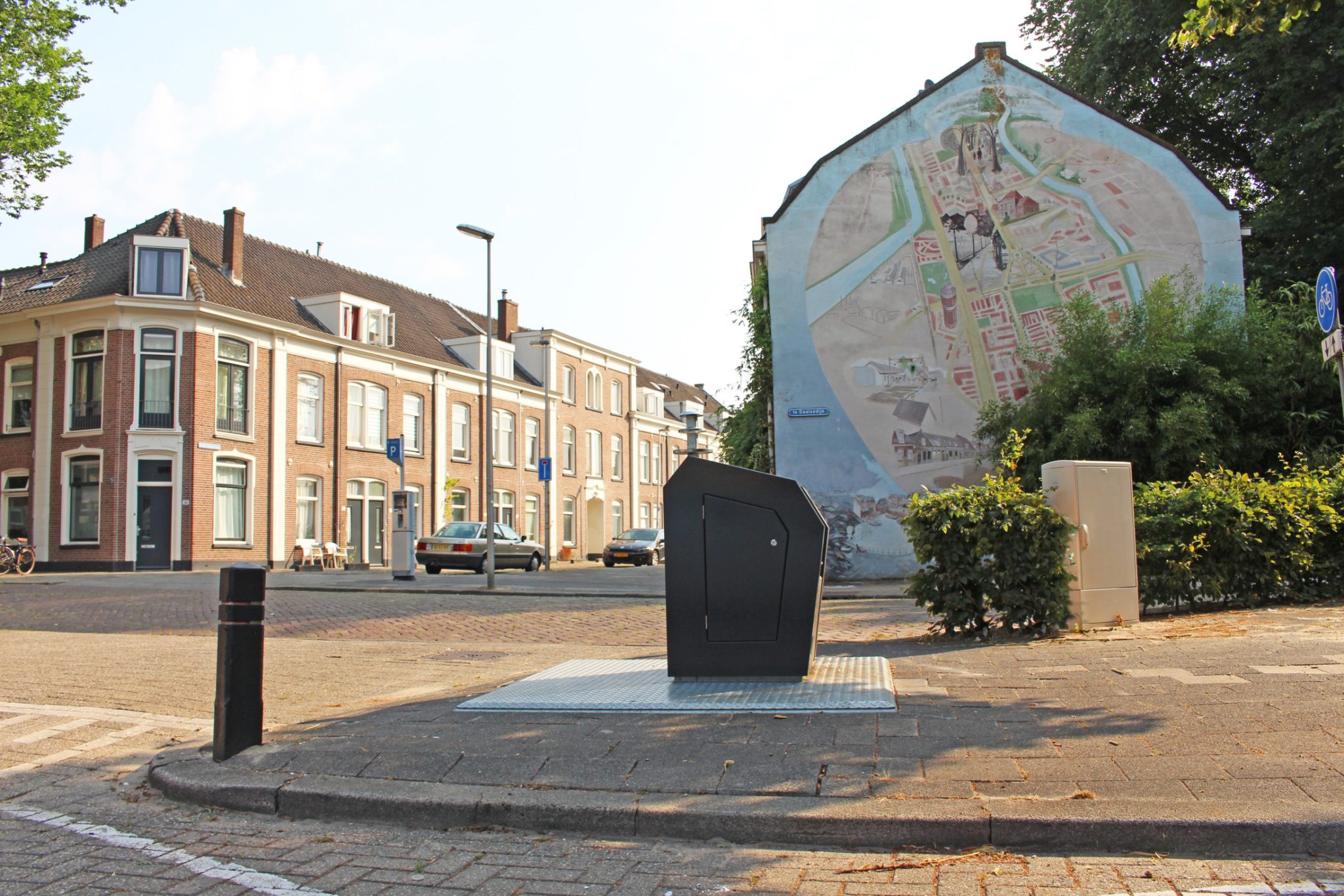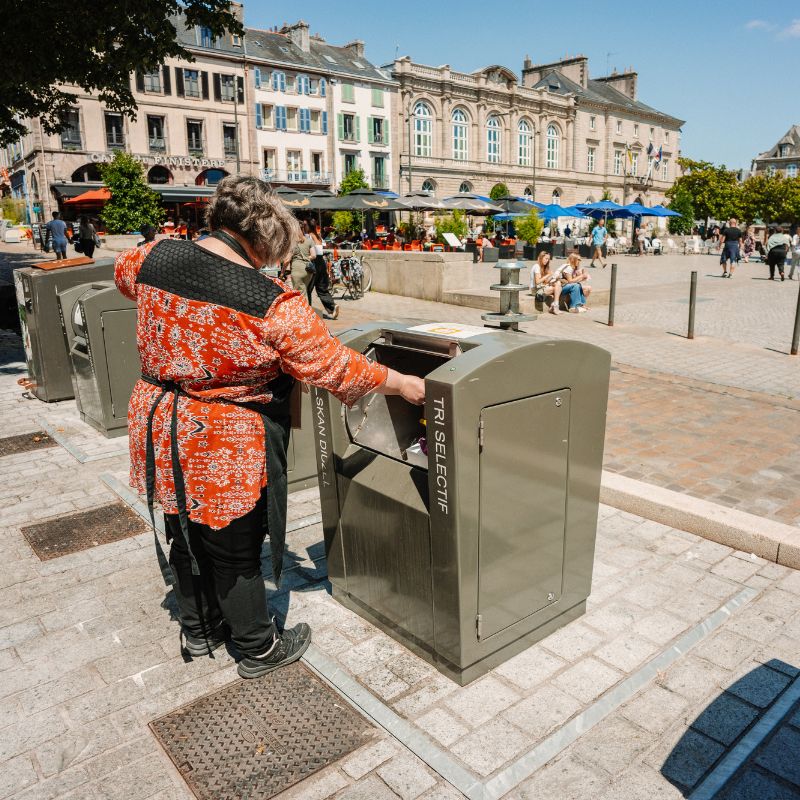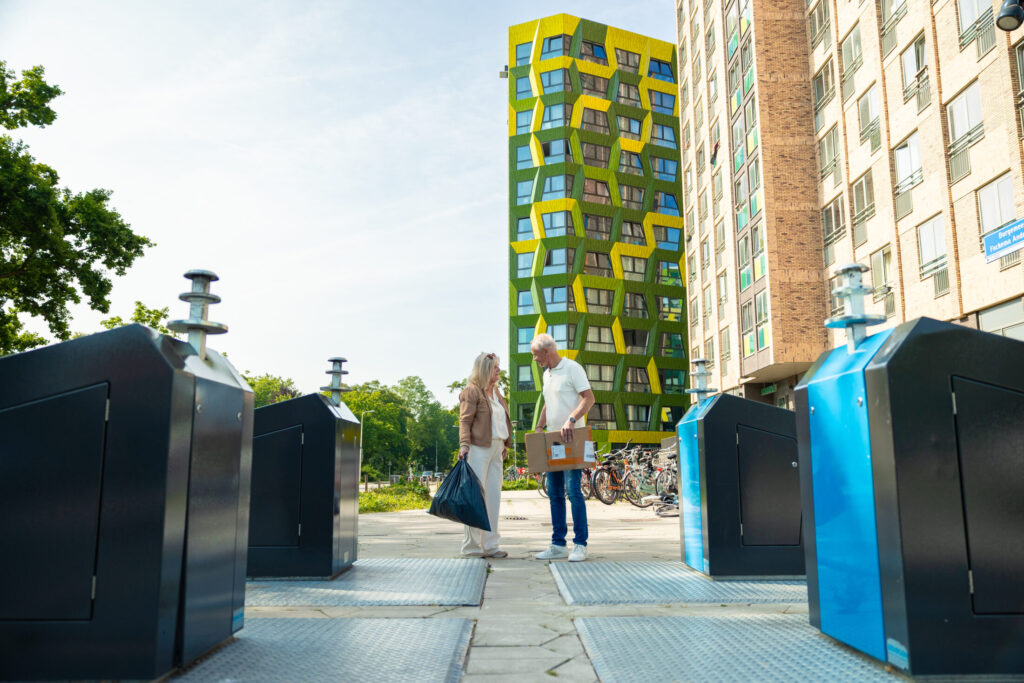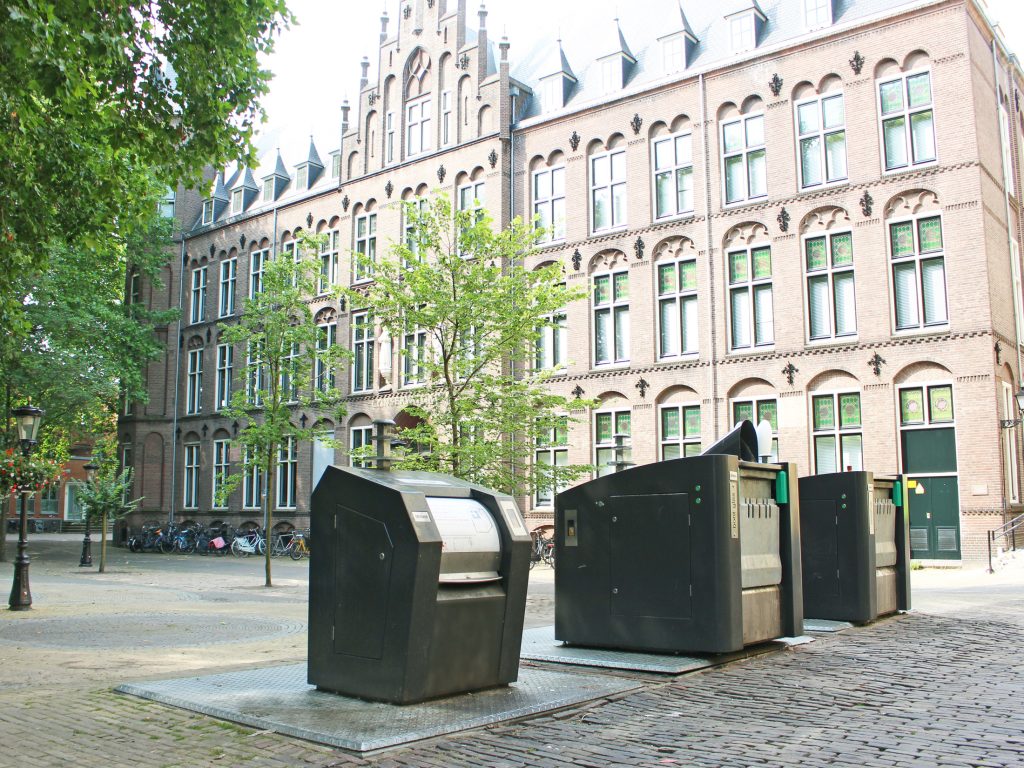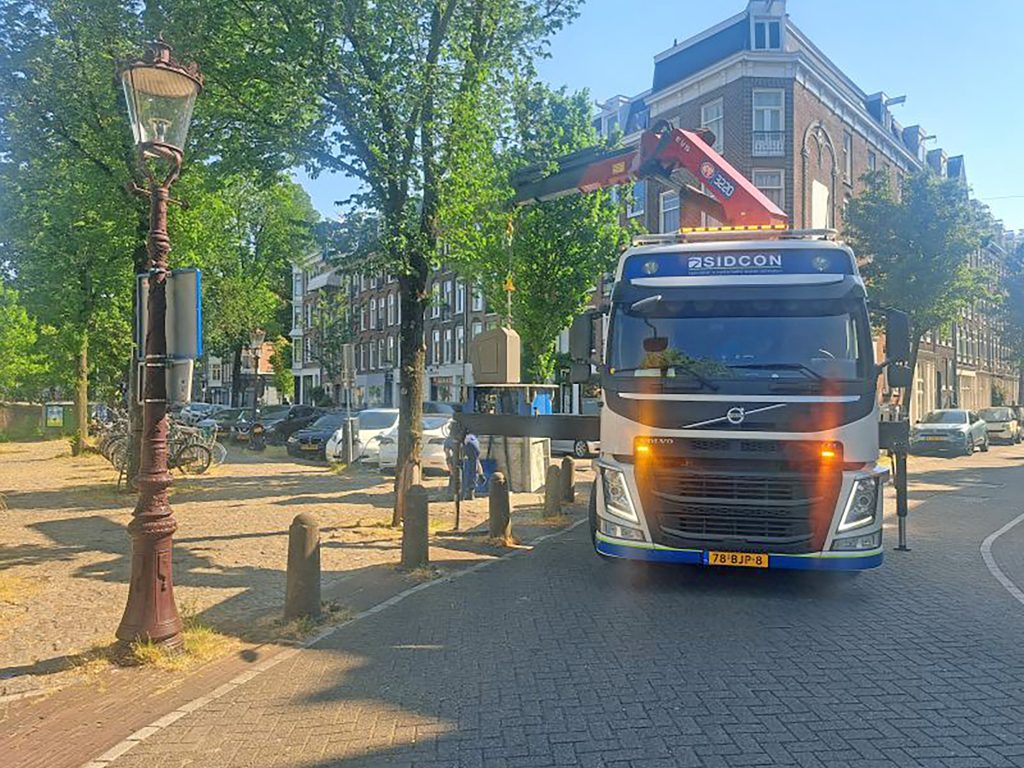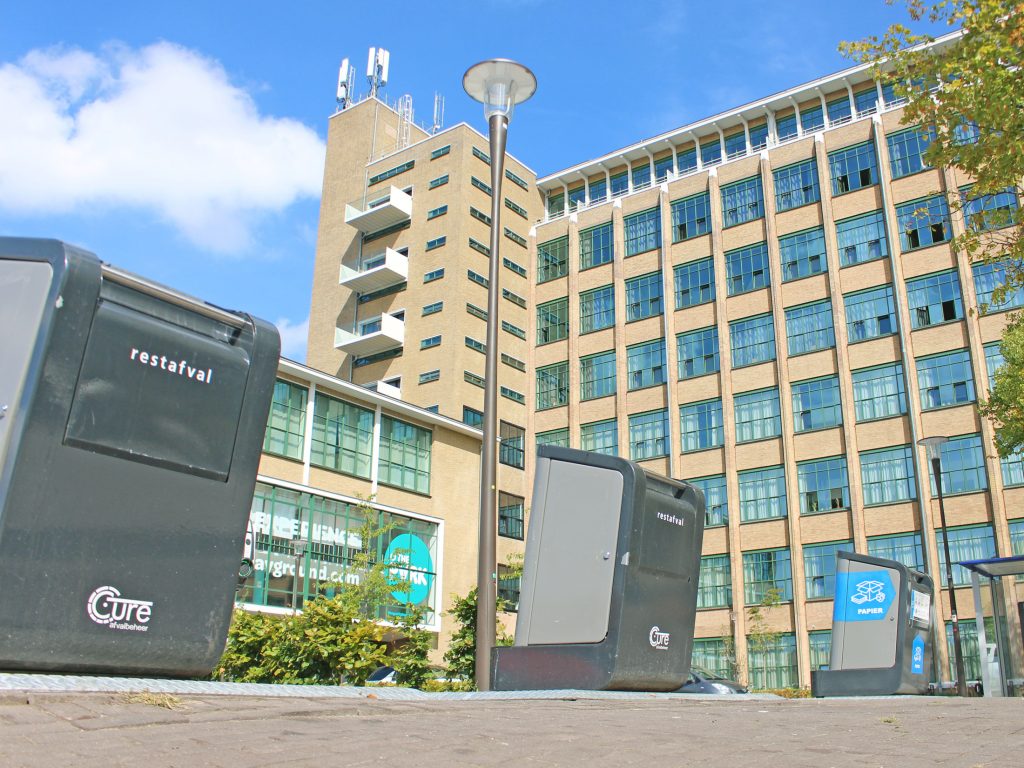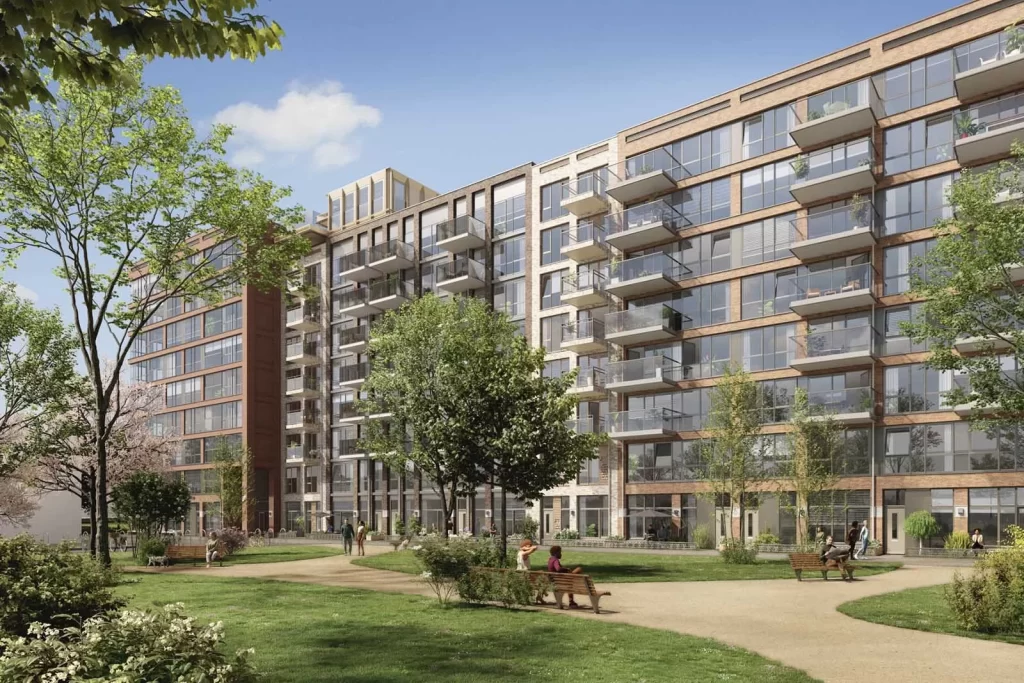In the right situation, the Sidcon waste compactor can provide a great deal of added value. Because of its high capacity, costs can be recouped quickly, less space is needed, which in turn means less nuisance from litter on the streets. This also results in fewer collections, fewer vehicles and fewer traffic movements around town. But what exactly is the right location for an underground compactor? Below we have listed examples of locations where the compactor comes into its own.
The container in town centres
Notorious for producing waste, town centres are places where every square metre is in high demand. An underground container or compactor takes up around four square metres of space. The underground compactor can replace between four and six standard underground containers. With an underground compactor therefore, big savings in space can be achieved. Under the streets of many (old) centres there is a maze of underground cables and pipes, making the installation of multiple concrete wells a complex issue. With that in mind, the underground compactor makes perfect sense. Read how the city of Utrecht has been using the underground compactor here.
